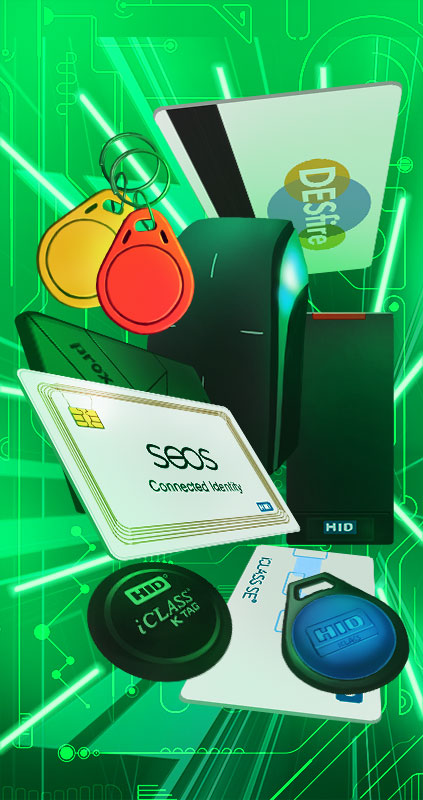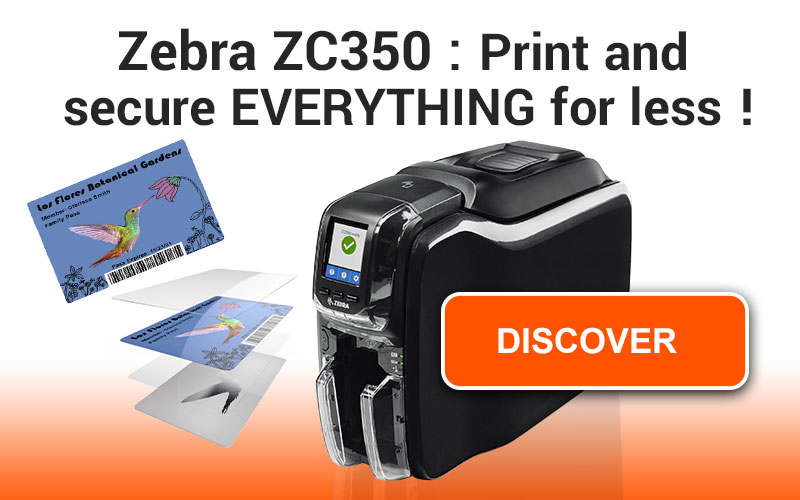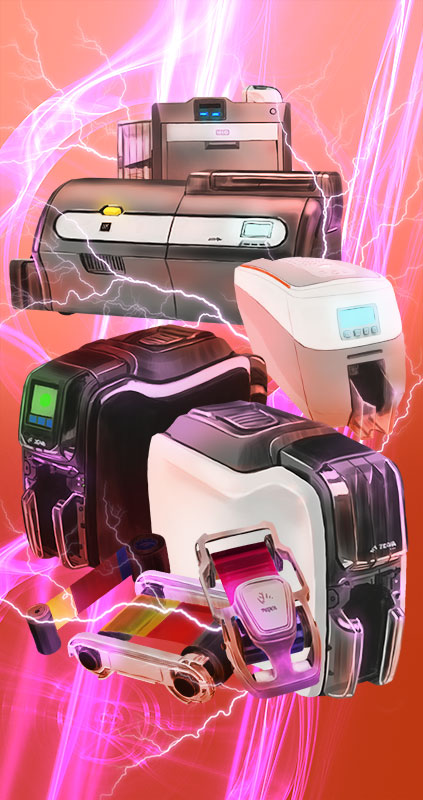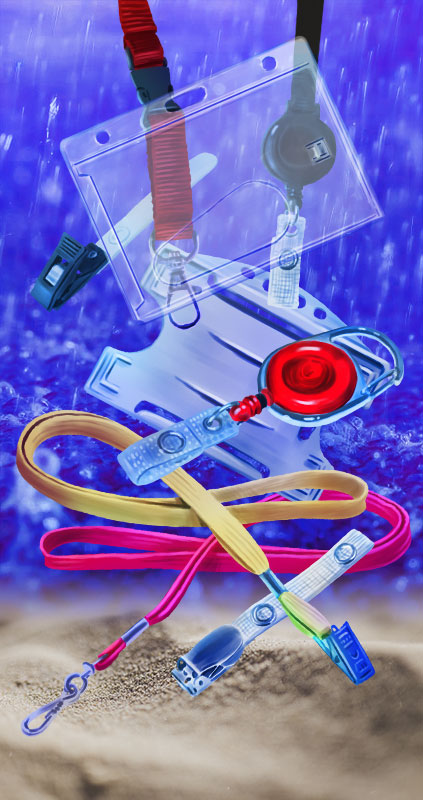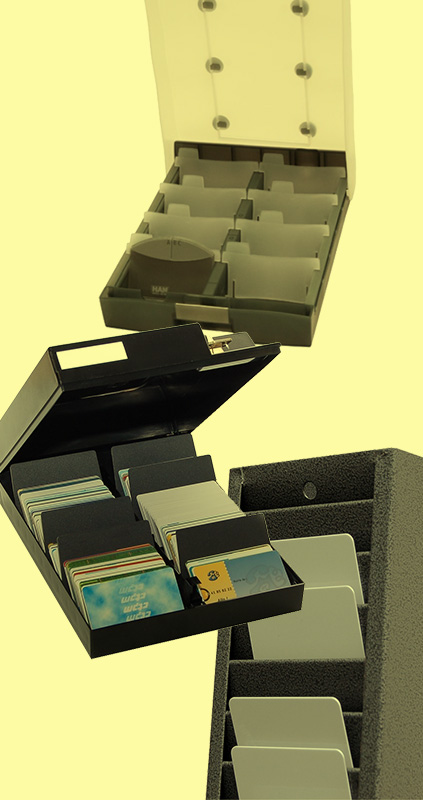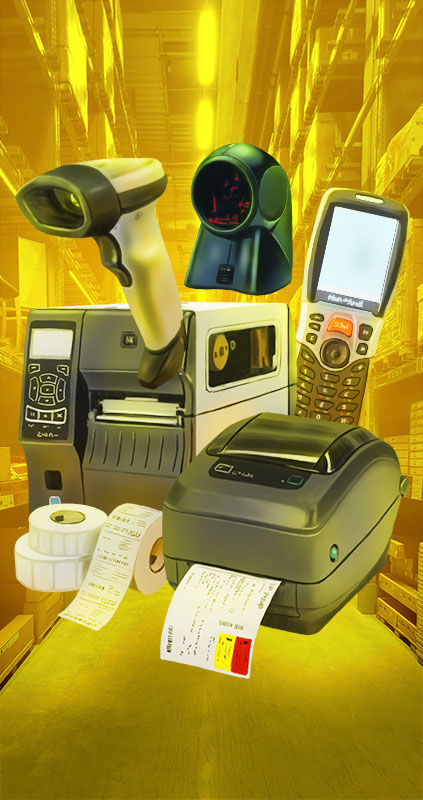Discover our guide on barcodes and their uses: what are the different types of barcodes, what are the most common barcodes, what are their uses? What is a QE code and how does it differ from traditional barcodes? After a quick overview of the origins, ELLIADEN presents the most common barcodes.
Barcodes are omnipresent in our society.
Origins of the barcode
Invented in 1952, the use of barcodes became widespread in the 1970s, from 1973 to be exact, following the invention of the UPC(universal product code).
But the success of the barcode came as soon as they entered the supermarkets. Not only did they bring huge productivity gains at the checkout, but they alsoimproved stock and inventory management.
Today, barcodes can be found in many different industries and for many different purposes.
What are the different types of barcode and what are the different uses?
These are the questions ELLIADEN answers in this article.
The different families of barcodes
There are two main families of barcodes: one-dimensional barcodes and two-dimensional barcodes.
One-dimensional (1D) barcode
One-dimensional barcodes are the most commonly used because they are very simple to produce. They are the barcodes we all know: vertical bars of varying widths. However, 1D barcodes can only contain a limited amount of information.
Did you know?The operation of barcodes combines the film sound system with the Morse code principle.
There are many types of one-dimensional barcode.
UPC barcode

UPC barcodes are only used in English-speaking countries for product labelling. There are two types of UPC barcode:
- UPC-A which can contain 12 characters
- and the UPC-E which can only contain 6.
EAN (European Article Numbering) barcode
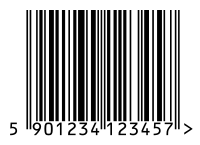
EAN barcodes are the European equivalent of UPCs: they are used to label products in Europe. As with CPUs, there are two types of EAN code:
The EAN-8 and EAN-13, which, as you will have understood, can contain 8 or 13 encoded characters respectively.
There is a third type of EAN that is well known: the ISBN(International Standard Book Number) code used for labelling books.
Other 1D barcodes
Code 39, also known as code 3 of 9, is mainly used in identification systems, the marking of automotive equipment or medicines in pharmacies.

As its name suggests, it can encode up to 39 characters, both numbers and letters, which is why it is also known as Alpha39.
Code 128 allows you to encode all ASCII characters (numbers, letters, punctuation symbols, etc.). As you can see, it can encode up to 128 characters.
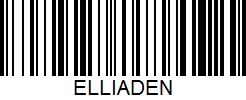
ITF(Interlead Two ofFive) codes are usually printed on cartons and are used for shipping and tracking packages.
2-dimensional barcode
The term 2D barcode is used in contrast to linear barcodes: the two-dimensional barcode is composed of vertical and horizontal lines forming squares.
They can hold more data per unit area than a 1D barcode. They are used for many applications, especially as they can be scanned by smartphones equipped with barcode readers.
For example, they allow :
- open an Internet browser to access a website,
- to send a text message or an email,
- to generate a phone call,
- to watch a video online,
- to connect to a Wifi terminal,
- or to save a business card's information in its contacts.
There are different types of 2D barcodes, including the best known and most widely used to date: the QR code.
QR code
QR codes are the most widely used because they are very easy to produce. There are many applications that can generate or read a QR code.

There are also many websites that allow you to generate these QR codes quickly and easily.
QR stands for "Quick Response" in English.
Invented in Japan in 1994 to track car parts in Toyota factories, it was licensed free in 1999, which contributed to the rise of the smartphone in the 2000s.
The different versions of the QR code can encode from 25 to 4296 characters (well beyond the capabilities of one-dimensional barcodes).
Datamatrix barcode
Datamatrix codes have the particularity of being small. However, they can encode up to 2,335 alphanumeric or 3,116 numeric characters on approximately 1 cm².

They are mainly used for marking small mechanical parts or electronic components.
Did you know NASA uses Datamatrix barcodes to mark all components of its space shuttles.
Code AZTEC
The AZTEC code is often confused with the QR code.

Indeed, it uses a square target in the centre whereas the QR code uses 3 square targets of the same type in its corners. AZTEC codes are mainly used in the transport sector, notably on boarding passes or dematerialised train tickets.
There are many other types of 2D barcodes, such as codablock-F, Maxicode, Dotcode...
But we have presented the most common ones here.
CONCLUSION
Even if the arrival of RFID technologies has allowed a major evolution in terms of security and performance in the fields of identification and traceability, the barcode remains to this day, and by far, the most economical solution for stock management in a warehouse, the identification of products on an assembly line or the identification of visitors at an event.
A simple black print and you're done!
As a wholesale distributor specialising inidentification and traceability systems, Elliaden offers you a selection of the best barcode readers, printing software, thermal printers and labels on the market.
Our team is at your disposal to help you find the best solution for your needs: for any question concerning barcodes, barcode readers, or simply traceability systems, contact our consultants, ELLIADEN is the specialist in barcodes and goods traceability systems.


